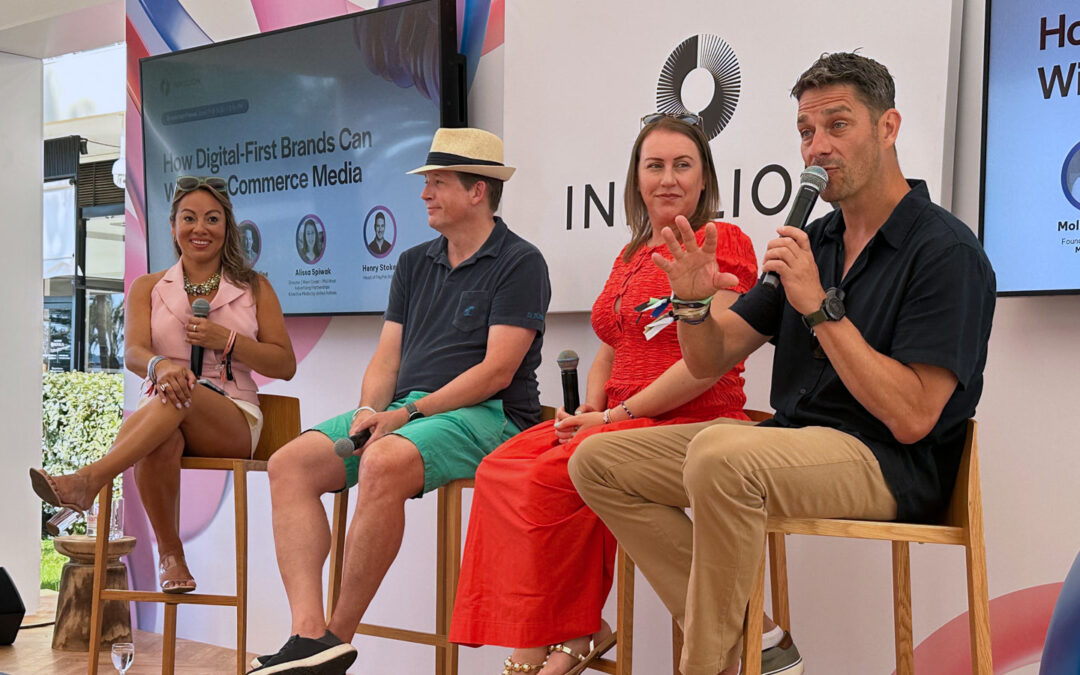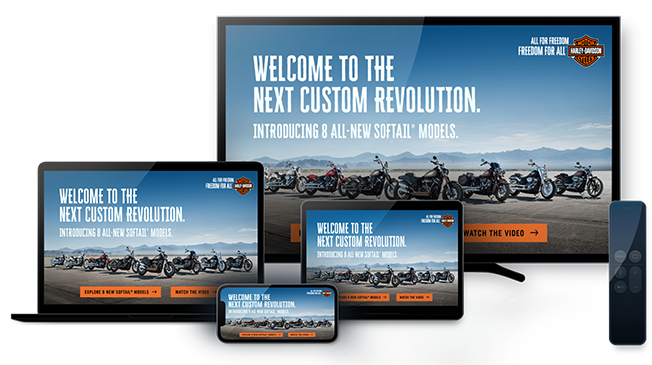What Google’s Cookie Decision Teaches Us About CTAs

When Google announced the reversal of its longstanding (and long-delayed) plan to fully deprecate cookies in its Chrome browser, the ad industry was both surprised and unsurprised. After all, it’s complex news. For advertisers it has the potential to be a good thing – it means business can go on as usual.
The uncertainty lies in exactly how this will play out. Google says that users will be able to opt in or out of cookies in some fashion, but clarity around exactly how is limited. How will that messaging be worded? Will it be weighted with any subtle hints that users should or maybe shouldn’t opt out? How big will the text be? How often will it show up?
The fact that so many people in the advertising industry focused immediately on this (“Just how are they going to ask you whether you want browser cookies or not?”) illustrates just how important a good call-to-action (CTA) is. Words, and how they’re presented, have more power than many people realize. In our industry, the right words in CTAs are crucial.
So how come so many brands still are relying on ambiguous wording like “Learn More” in their digital ads, and expecting consumers will want to click on them?
CTAs are easy to overlook, but here’s the good news – they’re just as easy to prioritize. Here are a few tips straight from Infillion’s Creative Studio.
“Learn More” Doesn’t Teach
It’s actually pretty understandable why “Learn More” is such a common CTA for digital advertisers hoping for clicks. After all, “Learn More” can be used on any product, at any budget level, for any customer.
That might make it seem like a powerful, omni-brand tool capable of reaching anyone. Instead, what comes across is a CTA that’s equal parts overused, bland, and after so much historical use – essentially invisible. With nearly unlimited digital inventory and consumers seeing more ads than ever, visibility is the first step to ensuring your ads get the attention they deserve.
A common copywriting teaching is to use words that are both actionable and motivating. CTAs are your last, best chance for getting the user to take action.
Compare these two samples, and see which one is more motivating:
Google has a new cookie policy.
[Learn More]
See how Google’s new cookie policy can make browsing even better.
[Personalize My Experience]
Key Takeaway: Leave “Learn More” behind whenever possible. Instead focus on motivating, empowering language.
Spend More Time on CTAs
Because CTAs can be as short as one word, it’s easy to consider writing them to be a quick task. But a secret of most copywriters is that the shortest piece of copy is often the one that takes the longest time to write.
This is because the places where small copy lives – headlines, subject lines, CTAs – are often the copywriter’s only chance to make an impact. They’re the only thing that a lot of people actually read. You might have written the most brilliant 500-word email in history, but without a solid subject line to draw readers into the front door – it’s as good as invisible.
The same goes for CTAs. The value and importance of getting users to take that next step is critical.
A good copywriting guideline is to spend 50% of one’s time on the body of whatever is being written, and the other 50% just on the CTA. This sounds extreme, but it underscores how important those words are.
Key Takeaway: Consider dramatically increasing the amount of time you spend creating your CTA.
Create Value for Your Customers
Research, including research from Infillion, has shown that consumers are clicking on ads less frequently than they used to, even when they’re interested in a brand that they see in an ad. Wait, how can that be true? The reality today is that consumers can do a lot more than click on an ad to learn about a brand. They can (and do) open up a new browser window and search for a product, or reviews of that product. They might even ask ChatGPT to tell them more about it.
This is another area where you can use strong CTAs to strengthen the likelihood that consumers will click. “Learn More?” Sure, they can learn more – by searching for reviews of your products or asking an AI bot for information that may or may not be accurate.
So, consider CTAs that tap into ways that a click could benefit a user. Let’s go back to our original example. Say you were writing a CTA to encourage users to opt into cookies on your website. In that value-add copy, you could highlight some of the advantages of cookies for users, such as:
Convenience: With your website preferences saved, you won’t have to spend as much time filling out forms or setting their preferences each time you visit.
Personalization: We know ads can feel intrusive and pesky. When we know a little bit about you, we can better tailor them to you.
Support: Are you a fan of this website? Opting into cookies can help support us by bringing better ad support to you.
Now, let’s transport that thinking to the world of digital ads. Here are a few ways that you could use a great CTA to inform users that by clicking on your ad, they can get benefits they won’t get if they just open up your homepage in another browser window. Consider options like:
- Discounts and offers: Offer an exclusive discount or free trial by clicking (indeed, that’s what WHOOP did in a campaign with Infillion – and CTR skyrocketed to over 9%)
- Convenience or VIP service: If your product or service has a waitlist or long onboarding process, let them know that they can “skip the line” with a click
- Personalization: Have the CTA invite users to take a quiz or assessment to learn which version or combination of your products is best for them – or, if you’re using a quiz-based Blueprint from Infillion’s Creative Studio, invite them to click to learn about their results
Key Takeaway: Your CTA should explain to consumers why that click is the best way for them to experience your brand – incentivizing them in the process.
In Summary
The CTA may be a humble part of an ad, but Google’s choice to make browser cookies an opt-in phenomenon – and marketers instantly wondering just how they’re going to make that ask – underscores just how crucial they are. Powerful copywriting, including the short-form copywriting used in CTAs, is one of the strongest tools you have on your side as a marketer. Remember to keep your copy motivating and value-oriented. To do so likely requires an investment of time and talent that may seem disproportionate given that you’re only talking about a few words in an ad – but the end results will be worth it.
Subscribe to our blog:
Related Posts:

The Consumer-First Approach To Commerce Media Network Success
Your airline is an ad platform now – and so is your bank. Commerce media networks are one of the most interesting areas of growth in advertising, and at Cannes Lions, plenty of them were onsite to talk about it. That’s a conversation that we explored at the Infillion...

Why Neurodiversity Will Lead The Way In The AI Era
One in five employees today identifies as neurodivergent – as having autism, ADHD, dyslexia, or other cognitive variations – and that’s only going to grow. According to research from ZenBusiness, fully half of Gen-Z identifies with neurodivergence on some level....

How Brands Can Win In Times Of Uncertainty
The 2020s have been defined by relentless uncertainty across every industry. For brands and advertisers, it’s been one curveball after another - with the pandemic, AI, and inflation rapidly altering consumer behavior and shifting goal posts. As 2025 reaches its...
Let's Connect

